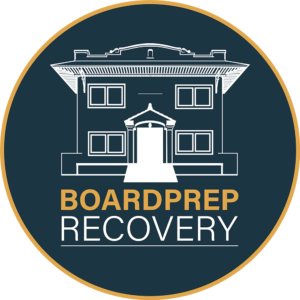According to the most recent data from the U.S. Department of Health and Human Services (HHS), 9.7 million people misuse prescription pain relievers annually. And it’s estimated that in the nation’s over 14,000 substance abuse facilities, 1.27 million people a year are receiving medically-assisted treatment (MAT) for drug addiction, with a high percentage of those having an opioid dependency.[1]
And while these figures clearly indicate there’s an epidemic of pain pill addiction in America, the first step of getting free from a dependency on pain pills is a simple one: getting medically-assisted detox to safely get through the withdrawal symptoms and into follow-up treatment and recovery.
The fact is, detoxing from pain pills is a necessary part of leaving addiction behind. The withdrawal process from addictive substances like pain pills (opioids included) is admittedly challenging and likely requires one to undergo some intense and uncomfortable (if not painful, even life-threatening) symptoms.
However, making the decision to seek help and admitting oneself into a medical detox program is a highly recommended first step to begin the process of safely quitting the use of pain pills.
The “addictive” aspect of prescription pain pills (inclusive of any opioid medication) is that, while they’re designed to help manage a person’s pain, they also generate activity throughout the brain’s pleasure centers, interacting with opioid receptors in the brain, resulting in a temporary euphoric feeling. When one gets habituated to the pain medication, a greater quantity and/or frequency is required to either achieve the same euphoria or stave off the associated pain and discomfort of not having this experience – hence, the beginning of “withdrawal” symptoms.
You may be wondering, “What happens during medical detox?”
During detox, the person with a substance use disorder will stop taking the pain pills. The substance(s) then begins to leave the person’s system. Depending on the amount of the substance left inside the person’s body, the type of substance he or she consumed, the length of time they’d been using the substance, and the person’s genetic makeup, these factors will determine the amount of time that person’s detox will take.
Typically, people who are addicted to pain pills (including opioids) begin to notice the first signs of withdrawal within 12-to-24 hours of their last consumption of pain pills. These symptoms can gradually increase in intensity, and tend to peak around 72 hours into the withdrawal process.
At the peak of pain medication withdrawal, symptoms can include:
- Nausea and diarrhea
- Vomiting
- Muscle cramps
- Agitation or restlessness
- Depression and/or anxiety
Although 72 hours may be the average “worst part” of pain pill withdrawal, it would be good to note the entire withdrawal process typically lasts approximately one week (this can vary significantly from person to person).
Some of the factors that can influence a person’s specific amount of withdrawal time include the following:
- A person’s overall level of health
- The person’s age of the patient
- How well he or she can handle and respond to stress and flu-like symptoms
- How long he or she has been using pain pills
- In what dosages has he or she been taking the pain medication
Regardless of a person’s particular withdrawal time, the choice to get help from a medically-assisted detox program can help relieve uncomfortable symptoms and ensure the safest and smoothest detox process.
A final note: The end of withdrawal from pain pills doesn’t mean the end of recovery. In fact, it’s actually the beginning. Although a person may have broken their dependency on pain pills via the detox process, he or she still won’t have addressed the underlying factors leading to addiction. By working together with addiction professionals, the person can develop a sustainable relapse prevention plan uniquely suited to them. Using supportive rehabilitation protocols, therapeutic counseling, education about opioid addiction and recovery principles, as well as continuing care and establishing a recovery network, he or she can create a foundation for a new life, free from active addiction, one day at a time.
Getting through pain pill withdrawal through medical detoxing, and then moving forward into getting treatment to establish long-lasting recovery starts with the first step (the most important one): asking for help. If you or someone you know is struggling with a dependency on pain pills, experienced, professional support is available at a local addiction treatment facility in your local area.
[1] “HHS. “Opioid Crisis Statistics.” Feb. 12, 2021.







